Government Initiatives and Support
The Indian government has been actively promoting the microinsurance market through various initiatives aimed at enhancing financial inclusion. Programs such as the Pradhan Mantri Fasal Bima Yojana and the Pradhan Mantri Jeevan Jyoti Bima Yojana have been instrumental in providing affordable insurance options to farmers and low-income individuals. These initiatives not only increase awareness but also encourage private sector participation in the microinsurance market. The government's commitment to improving access to insurance is reflected in its efforts to simplify regulatory frameworks and promote innovative insurance products tailored to the needs of the underserved. As a result, the microinsurance market is likely to witness accelerated growth, driven by supportive policies and increased collaboration between public and private stakeholders.
Rising Demand for Affordable Coverage
The microinsurance market in India is experiencing a notable increase in demand for affordable insurance products. This trend is primarily driven by the growing awareness among low-income households regarding the importance of financial protection against unforeseen events. As per recent data, approximately 70% of the Indian population remains uninsured, indicating a substantial market opportunity. The microinsurance market is likely to benefit from this rising demand, as more individuals seek cost-effective solutions to safeguard their livelihoods. Furthermore, the increasing penetration of mobile technology facilitates access to microinsurance products, allowing providers to reach underserved populations more effectively. This shift towards affordable coverage is expected to propel the growth of the microinsurance market, as it aligns with the financial inclusion goals set by the Indian government.
Increased Awareness and Financial Literacy
The microinsurance market in India is witnessing a gradual increase in awareness and financial literacy among low-income households. Educational initiatives and community outreach programs have played a crucial role in informing potential customers about the benefits of microinsurance products. Recent surveys indicate that approximately 60% of individuals in rural areas now recognize the importance of insurance in mitigating financial risks. This heightened awareness is likely to translate into increased demand for microinsurance products, as more individuals seek to protect themselves against unforeseen circumstances. The microinsurance market stands to gain from this trend, as insurers adapt their offerings to meet the evolving needs of a more informed consumer base. Consequently, the growth trajectory of the microinsurance market may be positively influenced by the ongoing efforts to enhance financial literacy.
Technological Advancements in Distribution
Technological advancements are reshaping the distribution channels within the microinsurance market in India. The proliferation of digital platforms and mobile applications has enabled insurers to reach a broader audience, particularly in rural areas where traditional distribution methods may be less effective. Data suggests that over 50% of microinsurance policies are now sold through digital channels, highlighting a significant shift in consumer behavior. This trend not only enhances accessibility but also reduces operational costs for insurers, thereby improving the overall efficiency of the microinsurance market. As technology continues to evolve, it is anticipated that innovative distribution models will emerge, further driving the growth of the microinsurance market and expanding its reach to previously underserved populations.
Partnerships with Non-Governmental Organizations
Partnerships between microinsurance providers and non-governmental organizations (NGOs) are emerging as a vital driver for the microinsurance market in India. NGOs often have established relationships with low-income communities, making them effective intermediaries for distributing microinsurance products. These collaborations can enhance trust and credibility, which are essential for encouraging uptake among potential customers. Data indicates that microinsurance products distributed through NGO partnerships have seen a 30% higher adoption rate compared to traditional channels. This trend suggests that leveraging the expertise and networks of NGOs can significantly bolster the microinsurance market. As these partnerships continue to grow, they are likely to facilitate greater access to insurance solutions for underserved populations, thereby contributing to the overall expansion of the microinsurance market.


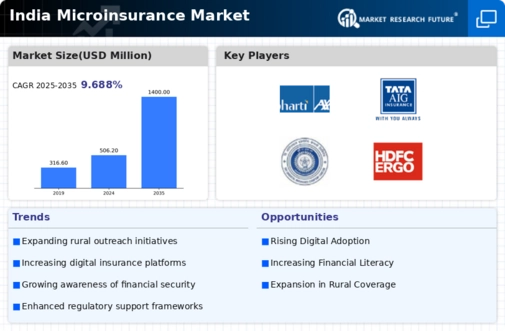
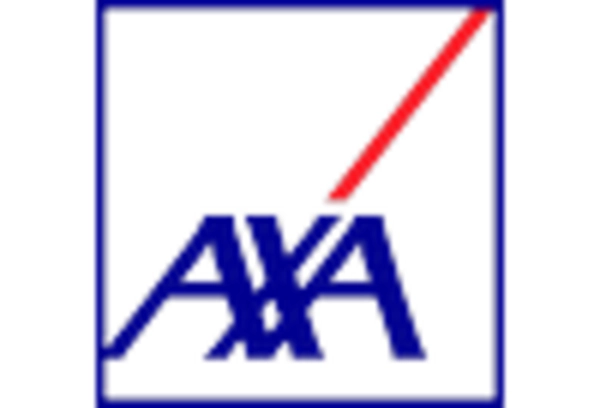
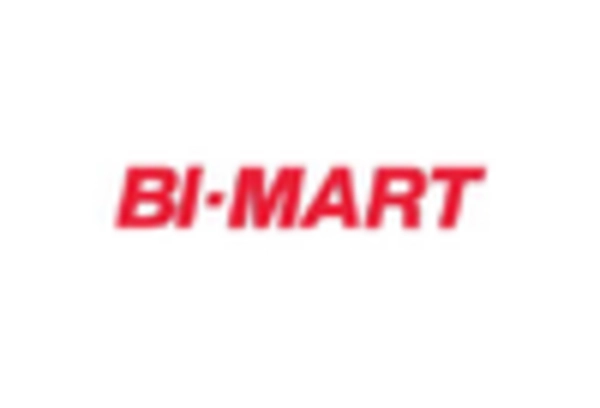
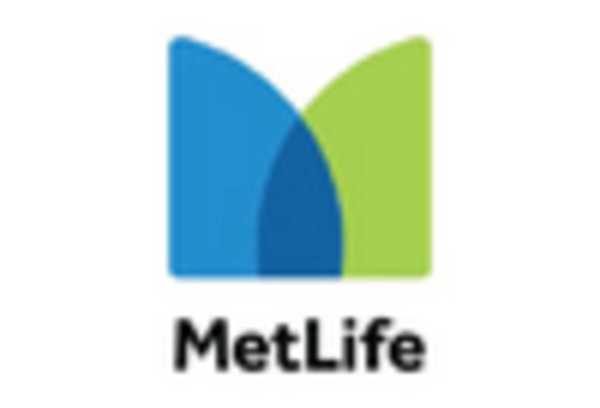
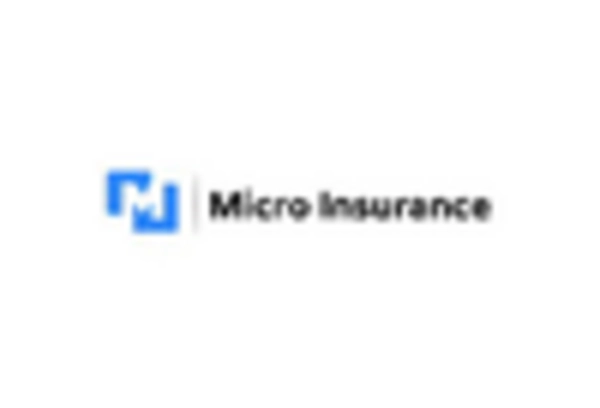
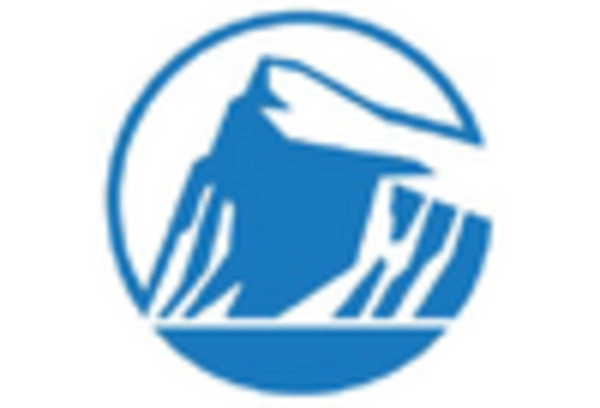
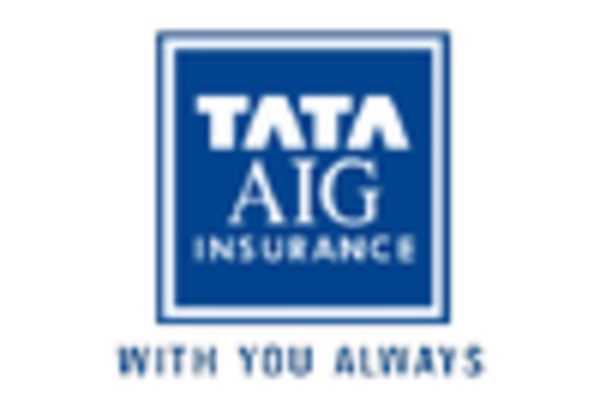








Leave a Comment